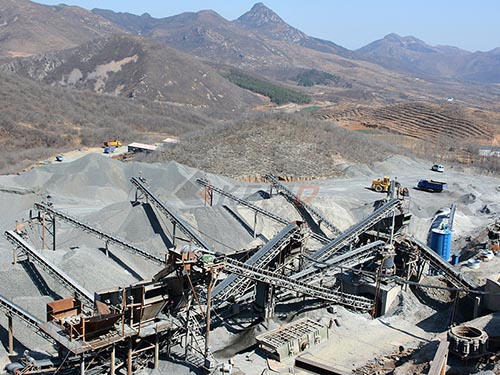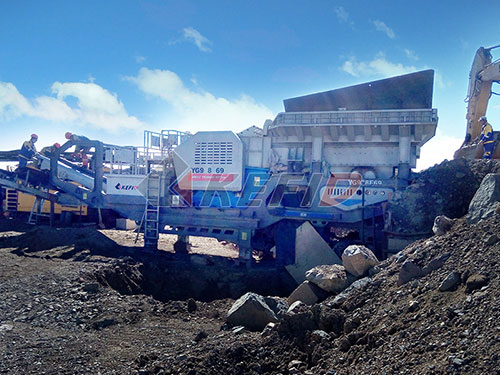Decoding the Price Tag: Understanding the Cost of a Complete Stone Crusher Plant
For construction companies, mining operations, and aggregate producers, investing in a complete stone crushing plant is a significant capital decision. Unlike buying a single machine, acquiring a full setup involves multiple interconnected components, making the question “How much does a complete stone crusher set cost?” complex and nuanced. There’s no single price sticker; instead, it’s determined by a web of interrelated factors. Understanding these is crucial for accurate budgeting and making an informed investment.
Factors Driving the Total Cost:
1. Production Capacity & Final Product Requirements: This is paramount.
Scale: A small plant producing 50 tons per hour (TPH) for local road base will cost vastly less than a 500 TPH mega-plant supplying high-spec aggregates for major infrastructure.
Product Specifications: Do you need simple 0-40mm gravel, or precisely graded fractions (e.g., 5-10mm, 10-20mm)? Multiple finished products require more complex screening and conveying systems, increasing cost. High-quality cubical aggregates for asphalt or concrete demand specific crushers (like cone or impactors) instead of just a jaw crusher.

2. Core Crushing Equipment Selection & Configuration:
Crusher Types & Stages: The heart of the plant. A basic setup might be a single jaw crusher. Most plants require primary (jaw or gyratory), secondary (cone or impactor), and sometimes tertiary crushing stages. Each additional stage adds significant cost.
Machine Size & Power: Larger crushers with higher horsepower engines command higher prices.
Brand & Quality Tier: Established global brands (Sandvik, Metso Outotec, Terex) carry premium pricing compared to mid-tier or value-focused manufacturers (often Chinese or Indian brands). Quality differences in components and build directly impact longevity and performance.

3. Auxiliary Equipment: The Essential Support System:
Vibrating Feeders & Screens: Needed to regulate material flow into crushers and separate crushed material into sizes. Size, number of decks (for multiple fractions), and quality vary greatly in price.
Conveyors: The network transporting material between stages and to stockpiles. Length, width, incline, power requirements, and quality add up quickly.
Hoppers & Bins: For feeding raw material

Leave a Reply